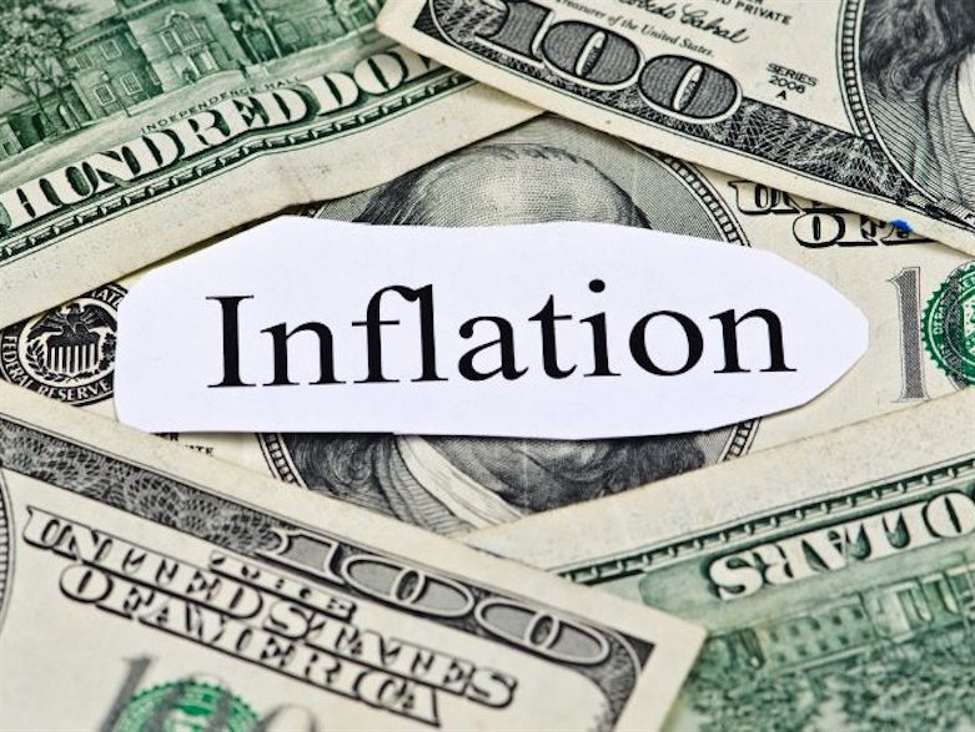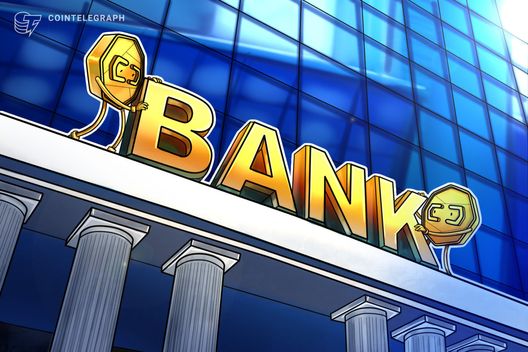Hammack adds:Now is a challenging time for monetary policy makingit will take a couple of years to get back to 2% inflation targetthe Fed bigger miss is on the inflation side relative to job mandate. Inflation overshoot goes beyond tariff pressure.A little bit nervous about current policy given inflation.I would not want to cut rates into accommodative territory.The economy is pretty robust and healthy right nowis closely watching inflation expectations dataAI boom could mirror what happened with Internet build out.AI is a structural economic change is not well-suited to monetary policy changes.Fed has some excellent job managing federal funds rate, but it’s a small market.It’s good for the Fed to debate what its interest rate target should be.Changing Fed rate target likely would not have broader policy impactRegularly hears about bifurcated economy, lower incomes challenged.Consumption is driving by high income AmericanMindful that the job market has cooled by recent data suggests it is still healthIt seems the memo is to tilt toward inflation over employment amongst most of the Fed officials. Is the nuance tilt, a way to slow down “markets” (i.e. stocks) without saying so. The K economy threatens a large swatch of the population who are more impacted by inflation. The “have-nots” don’t care about stocks they care about prices. The “haves” meanwhile are not concerned about anything – until they do (like a correction in stocks).NASDAQ index is down -1.75% while the S&P index is down -1.07%.
This article was written by Greg Michalowski at investinglive.com.
💡 DMK Insight
Inflation concerns are back on the table, and here’s why that matters: the Fed’s struggle to hit its 2% target could lead to tighter monetary policy sooner than expected. Traders need to keep an eye on how this impacts interest rates and asset prices. If inflation continues to overshoot, we might see the Fed adjusting rates more aggressively, which could shake up both the forex and crypto markets. For forex traders, this could mean volatility in pairs like USD/EUR or USD/JPY, especially if the dollar strengthens in response to hawkish signals. On the crypto side, assets like Bitcoin could react negatively to rising rates, as higher borrowing costs typically dampen speculative investments. But here’s the flip side: if the Fed’s actions lead to a recession, we might see a flight to safety, benefiting gold and stablecoins. Watch for any Fed announcements or economic data releases that could hint at future policy shifts, particularly in the next quarterly meeting. Key levels to monitor are the inflation reports and any changes in the job market, as these will directly influence the Fed’s decisions.
📮 Takeaway
Keep an eye on inflation reports and Fed announcements; they could trigger volatility in forex and crypto markets, especially if rates rise unexpectedly.

 Bitcoin
Bitcoin  Ethereum
Ethereum  Tether
Tether  XRP
XRP  USDC
USDC  Lido Staked Ether
Lido Staked Ether  TRON
TRON  Dogecoin
Dogecoin  Cardano
Cardano 





